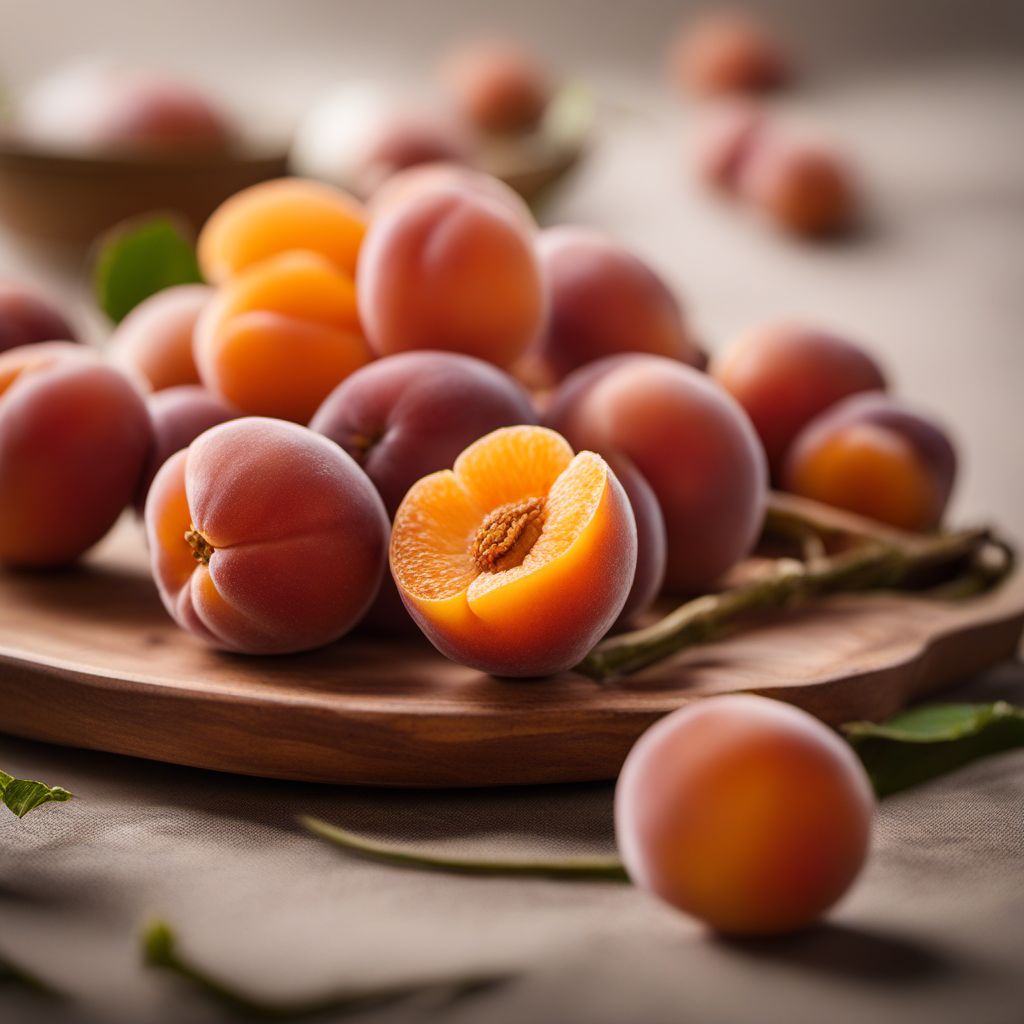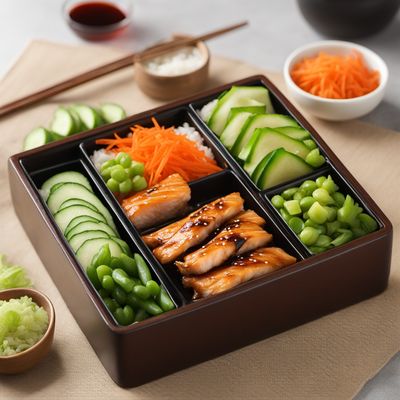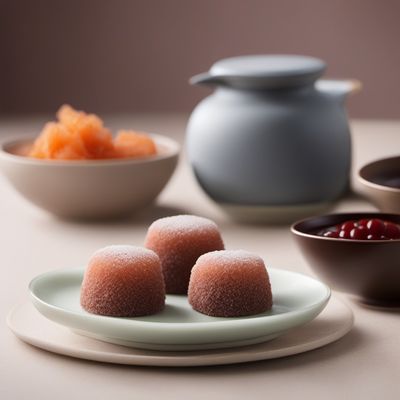
Ingredient
Japanese apricots
The Delicate Beauty of Japanese Apricots
Japanese apricots are small, round fruits with a vibrant yellow or green skin and a tart, tangy flavor. They have a firm yet juicy texture, similar to a plum, and their flesh ranges from pale yellow to deep orange. These apricots are commonly used to make umeboshi, a traditional Japanese pickle, as well as jams, sauces, and desserts.
Origins and history
Japanese apricots have a long history in Japan, dating back over 2,000 years. They are native to China and were introduced to Japan during the Nara period. Japanese apricots hold cultural significance in Japan and are often associated with the arrival of spring. They are also used in traditional medicine for their supposed health benefits.
Nutritional information
Japanese apricots are low in calories and a good source of vitamin C, potassium, and dietary fiber. They also contain antioxidants and have been used in traditional medicine for their potential health benefits, including aiding digestion and boosting the immune system.
Allergens
There are no known allergens associated with Japanese apricots.
How to select
When selecting Japanese apricots, look for fruits that are firm and free from blemishes or bruises. The skin should have a vibrant color and a slight give when gently pressed. Avoid apricots that are overly soft or have a wrinkled appearance.
Storage recommendations
To maintain the freshness and quality of Japanese apricots, store them in the refrigerator in a perforated plastic bag. They can be kept for up to a week. For longer storage, Japanese apricots can be dried or made into preserves.
How to produce
Japanese apricot trees can be grown in temperate regions with well-drained soil and full sun exposure. They require a chilling period during winter to produce fruit. Amateur gardeners can start by purchasing a young tree from a nursery and following proper planting and care instructions.
Preparation tips
Japanese apricots can be enjoyed in various ways. They are commonly used to make umeboshi, a pickled plum that is a staple in Japanese cuisine. They can also be used to make jams, sauces, and desserts such as tarts and sorbets. Additionally, Japanese apricots can be infused in alcohol to create plum wine or liqueur.
Culinary uses
Japanese apricots are widely used in Japanese cuisine and are a key ingredient in dishes such as sushi, rice balls, and traditional sweets. They are also popular in other Asian cuisines, including Chinese and Korean.
Availability
Japanese apricots are primarily cultivated in Japan, particularly in the Kansai and Chubu regions. They are also grown in other Asian countries such as China and Korea.



